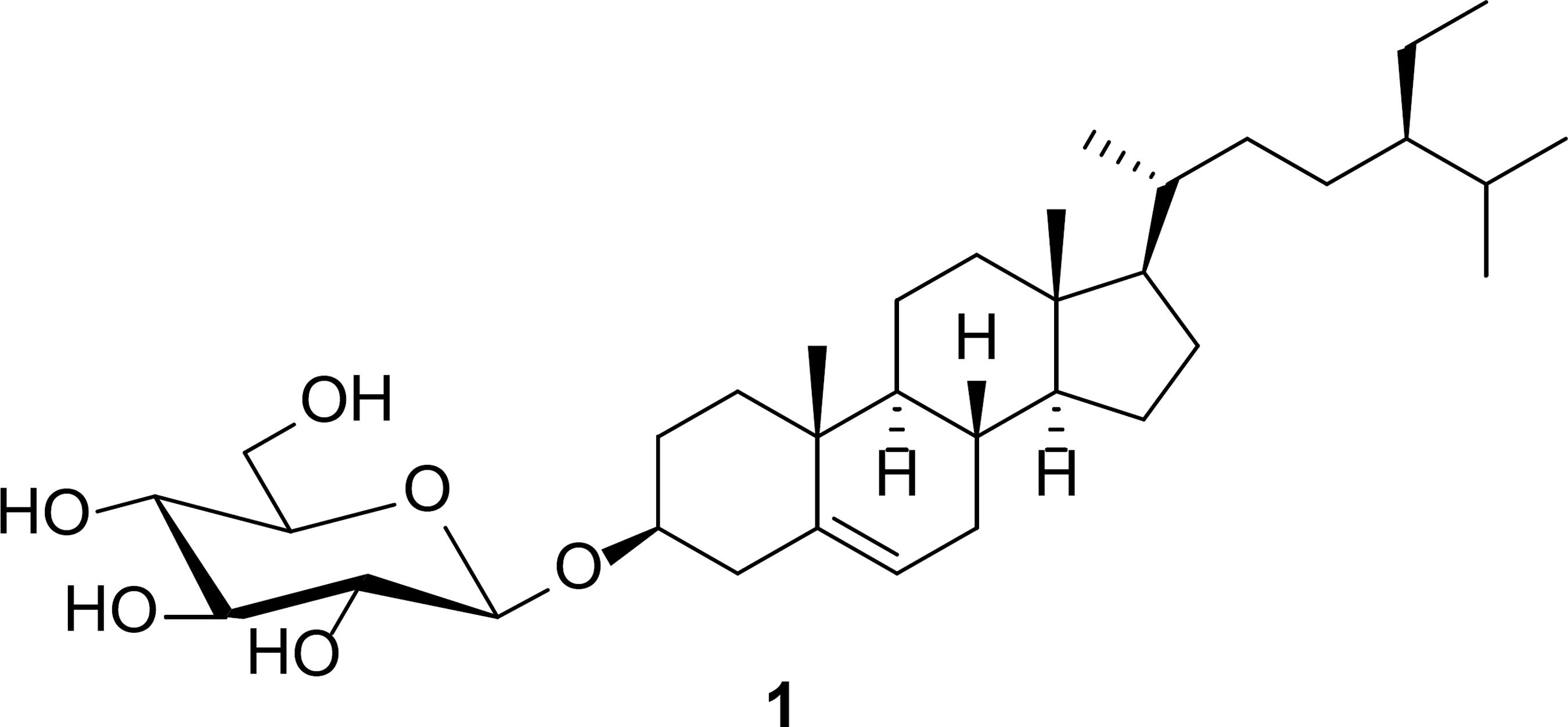Desmostachya bipinnata (L.) Stapf, Poaceae, or Kusha in Sanskrit, is a sacred grass used extensively in Indian Vedic practices. It is well known for its medicinal value and is used in traditional Indian medicine to treat microbial infection in combination with other herbs. An effort has been made to isolate and characterize the bioactive compounds from the hydroalcoholic extract of D. bipinnata through bioassay guided fractionation, column chromatography. Their individual or combined antimicrobial properties were determined by the Resazurin Microtitre Assay, the checkerboard assay in combination with antibiotics, and by time kill curve analysis. β-Sitosterol-D-glucopyranoside was the bioactive compound identified to have the best antimicrobial activity (MIC 6-50 µg/ml) and it works synergistically with most antibiotics, especially with ciprofloxacin. Time kill curves showed that BS kills most of the pathogens within 5-10 h. To our knowledge at its best, this is the first time report of antibacterial synergy of β-sitosterol-D-glucopyranoside from D. bipinnata.
β-Sitosterol-D-glucopyranoside; Desmostachya bipinnata ; Antimicrobial synergy; Growth inhibition; Time-kill curves



